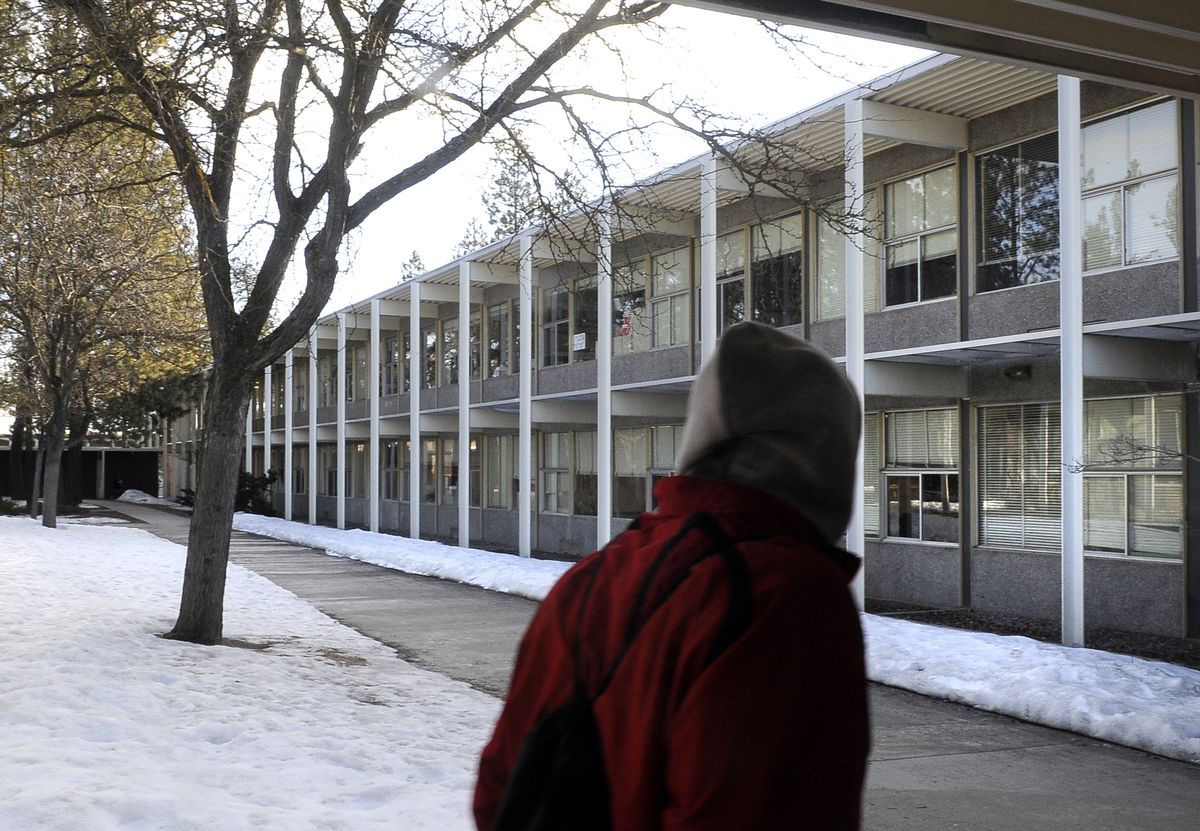Crucial for schools, some say bond would recharge economy
High stakes all around

When Wayne Brokaw thinks about the construction bond on the table for Spokane Public Schools, he sees a figure beyond the $288 million price tag.
His number is 4,608.
That’s the number of jobs he says the bond would create for local contractors if voters approve the measure March 10.
“For each $1 million invested, we create about 16 jobs,” said Brokaw, president of Associated General Contractors of the Inland Northwest.
Brokaw hopes Spokane voters will consider the economic impact of the bond proposal instead of the hefty total when marking their ballots, which arrive in mailboxes this week.
The school district is asking taxpayers to support the second phase of its plan to provide state-of-the art learning facilities. The bond would pay for five big-ticket renovations or replacements, plus a host of other security, safety and technology updates at nearly every school through 2015.
In 2003, voters approved the sale of bonds to finance the first phase of the district’s facilities plan. That phase included three new elementary schools and remodeling projects under way at Rogers and Shadle Park high schools.
If approved, the measure would not raise the tax rate, currently no more than $1.96 per $1,000 of assessed property value. That rate would decrease if the measure failed.
Along with the 2009 bond, voters will be asked to renew a three-year maintenance and operations levy to support educational programs. The levy will range in cost from $3.49 to $3.56 per $1,000 of assessed property value.
The levy supplements instructional programs beyond what’s covered by the state – paying salaries of librarians and counselors, for example – and accounts for about 14.5 percent of the district’s annual operating budget.
The bond dollars, however, can only be used for capital projects. Money approved for a bond cannot be used later to fill in budget gaps.
“Remember, levies are for learning; bonds are for building,” said Mark Anderson, associate superintendent for school support services.
Officials emphasize the bonds not only pay for new schools, but are also for “maintaining what we already have,” said Greg Brown, director of capital projects.
Despite hard economic times, officials are hopeful Spokane voters will continue to support schools. While no construction bonds have failed in Spokane in recent memory – and there is no organized opposition to the current bond request – they’ve been a tough sell in other communities in recent months. In February, an East Valley School District facilities bond failed to get the supermajority needed to pass. In November, Western Washington districts presented five bond proposals to voters, but none passed.
“Now is the best time to do a bond issue because the interest rates are good,” Anderson said. “And it’s a great time to stimulate the economy.”
Rich Hadley, president and CEO of Greater Spokane Inc., said his business organization endorsed the bond because schools are a draw for companies and individuals looking to move to the Spokane area.
“The schools are a front door for a community,” Hadley said. “You only get one chance to make a first impression, and the schools are a big part of our first impression.”
Like many politicians, school officials and business leaders, Hadley has watched closely the specifics of the $787 billion stimulus bill signed by President Barack Obama this week.
While that bill pumps billions into education, including money for school construction projects, it’s not likely to have an immediate effect locally.
Passing a local bond is “by far the most definite and direct stimulus package for the local community,” Hadley said.
According to a study commissioned by the Associated General Contractors and conducted by researchers at the University of Washington, every dollar spent on school construction generates a return of $1.97 to the local economy.
“When you improve schools, everybody wins,” Brokaw said. “People just feel better about their community.”
The Legislature also made an investment in school construction this week.
Gov. Chris Gregoire signed a bill Wednesday that puts money back into a grant program that provides matching dollars for school projects.
State matching funds on the current Spokane bond issue would bring the total amount spent locally to $332 million. Matching funds come from Washington’s lottery and the sale of timber from state trust lands reserved for schools.
The account is nearly empty because of lower-than-expected revenue and because districts asked for funds sooner than expected. The bill signed by Gregoire, sponsored by Rep. John Driscoll, D-Spokane, puts nearly $130 million back into the school construction coffers by allowing state bonds to be reissued for projects already under way.
Overall, 67 school districts and 159 construction projects could have been affected by the shortage in the fund, including the Shadle Park and Rogers projects, as well as projects in the Mead and Nine Mile Falls school districts.
“Good-paying jobs and better schools were on the line with this school construction bill,” Driscoll said in a press release.
“In a tough year, we’re sending a message with this bill that our priorities continue to be on families, kids and quality schools,” Driscoll said.